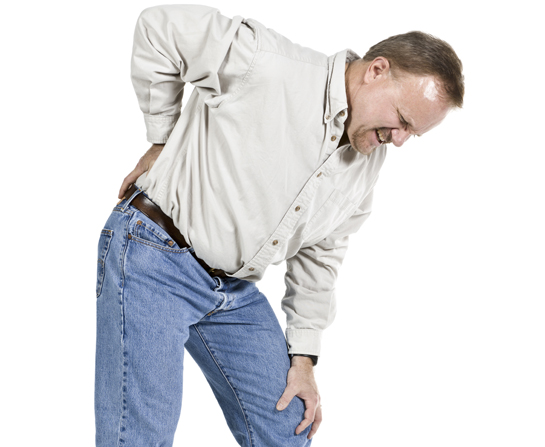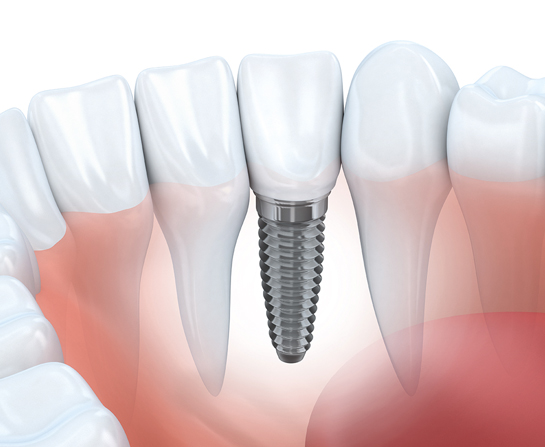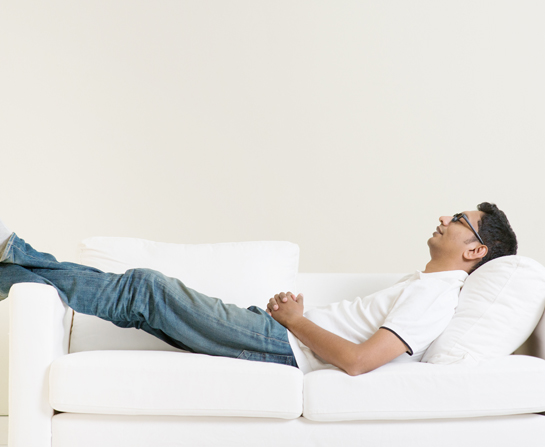Table for Two and a Half
May 7, 2022 Return
After a month or two of nursing and caring for your baby at home, you may wish to leave the house once in a while, perhaps for a meal at a favourite restaurant. More importantly, bringing your baby out for a meal can be a learning experience for your curious little one – it is a good way to expose your baby to fascinating sounds and sights as well as to introduce the little darling to your friends or other family members. There are also times when you have to bring your baby along, such as when there is an important social function to attend and all the babysitters on your contact list are not available.
However, you may feel intimidated by the thought of your baby throwing a loud tantrum while other diners cast disapproving looks at you. Well, don’t worry, with some preparations, you can minimize the chances of your baby making a fuss. Or, if your baby does make a fuss despite your best efforts – babies can be unpredictable, after all – how you can make a fast getaway with your sanity and dignity intact.
Is it safe for the baby to go out?
There is actually no medical reason to keep a healthy baby sequestered at home until a certain age. If you are worried about germs, avoid bringing your baby to crowded areas. A clean and spacious restaurant should be fine.
Now, where to eat?
Picking the right restaurant is important. With a baby in tow, you have to consider a few more things aside from whether the food tastes great.
- The best choice of restaurant is a ‘baby-friendly’ one, which is a restaurant where both its staff and other customers are used to having babies and young children around the place. Such places usually have comfortable baby seats and the people there will not get too upset if your baby makes a fuss. You can ask other family members or friends with young children to recommend a few such restaurants to you.
- If you anticipate the need to breastfeed your baby in the restaurant, check and see whether the restaurant either allows you to breastfeed at the table or there is a clean private area available for you to breastfeed your baby.
- Choose a place to eat that is clean, spacious and have plenty of space for you to carry your baby and walk around in case he or she starts acting up. If there are distractions such as aquariums in the restaurant or a playground nearby, even better.
- Some establishments, especially the five star ones, may frown on customers bringing in babies and young children. If you are unsure, call ahead to check.
- Avoid places that are too loud, bright or have strong smells – all of these could agitate your baby.
Getting ready to eat out
Now that you have picked what you believe to be the right place to eat, a little preparation beforehand will not hurt.
- Prep yourself! Accept that there is a possibility that you will not be able to enjoy a full meal. You will be going out with your baby for the experience, rather than the food.
- Feed your baby before you leave, as a cranky, hungry baby will more likely make a big fuss! If you are hungry, have a quick bite too.
- Bring along your best ‘secret weapons’. If you anticipate staying out late (such as when you have to attend someone’s wedding and there is no babysitter available to care for your baby), bring a stroller along. If you are unsure that there will be a baby chair in the restaurant, bring your own as back up. Bring along also your baby’s favourite toys, so that your baby will not be bored in the restaurant. Just like a cranky and hungry baby, a bored baby is prone to making a fuss. However, avoid loud or flashy toys that may annoy other diners.
- Leave at the right time. Try to avoid going to a restaurant during peak hours. This is because a crowd may upset your baby. Also, meals may be prepared slower during peak hours, and the wait may cause your baby to become bored or cranky.
- Also, make sure you bring enough diapers (in case your baby decides to do some ‘business’), baby wipes and even a change of clothing (for yourself and your baby). Your baby has not learned that it is rude or inappropriate to throw up, drool, make a mess or require a diaper change during mealtimes, after all!
In the war zone
If you manage to reach the restaurant with minimum fuss, relax. The best has yet to come!
- Take a corner table. Such a location will reduce the likelihood of exposing your baby to sounds or sights that can agitate the little darling, and to also put you out of other customers’ way if your baby acts up. You will also get more privacy in case you need to breastfeed or clean up a mess.
- Ask for your drinks to be in take-away cups. This way, you can still have something to drink on your drive home after an aborted meal. Take it from us – this helps to lessen the disappointment.
- Order simple, less elaborate meals. Your baby has a short attention span, so try to enjoy, have fun, and eat within 1 hour.
- The art of having a fun meal is to keep your baby occupied as much as possible. While you may have brought a few toys to amuse your baby, show them one at a time, so that you do not run out of distractions quickly. If you run out of distractions (or, horror, the iPad runs out of power at an inopportune moment), you can even put some crunchy food pieces on a plate and let your baby play with them. There is no right or wrong when you are out of options – it’s called being creative!
- If your baby’s fussiness develops into a loud meltdown, take the little darling to someplace quiet (such as in your car) for a break.
- If your baby becomes too much of a handful, perhaps it is best to request for the remaining food to be packed for take-away and bring your baby home as soon as possible.
- If you notice that your baby acts up and makes a big fuss every time you bring him or her out of the house, perhaps the little darling is not ready for such an experience yet. You can wait a while until your baby is a little older before bringing the little darling out again.
- Also, there is no harm in being extra nice to the staff of the restaurant, especially if you wish to return there with your baby in the future. The staff will be more tolerable to messes and loud noises, and they may even help to distract your baby.
Don’t feel too upset or disappointed when your baby makes it impossible for you to enjoy a peaceful meal. Your baby still finds the world a curious and even frightening place at times, so it is only understandable that the little darling may act up in the restaurant. Relax – there will be more meals to enjoy with your baby in the future. For now, you have given your baby a new experience, and mealtimes outside the house will only get better with time.

References: 1. Mom365.com. Available at www.mom365.com 2. Parents.com. Available at www.parents.com 3. The Bump. Available at www.thebump.com
If you like this article, do subscribe here.

























